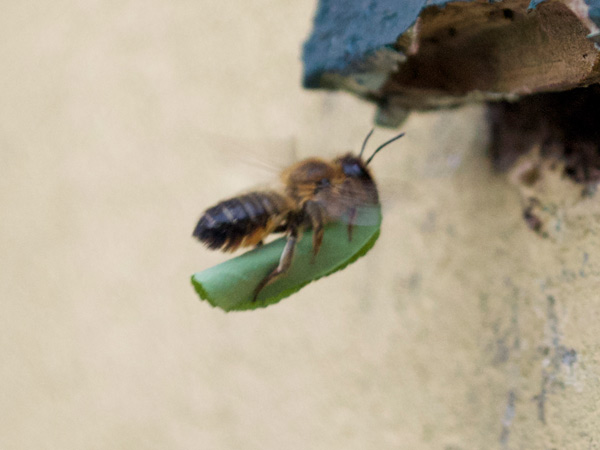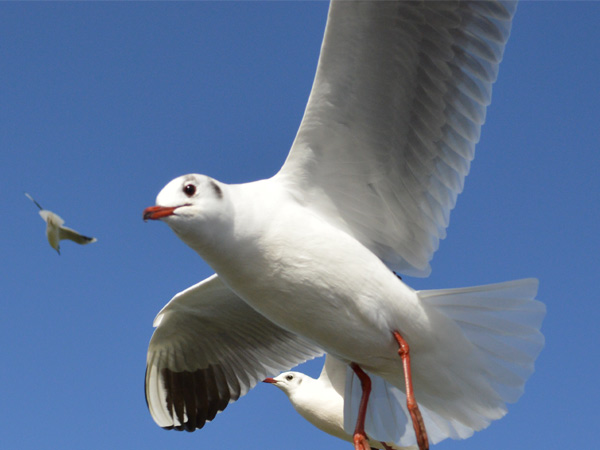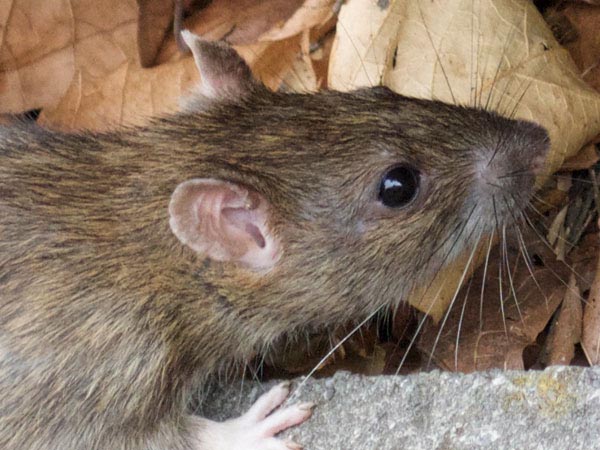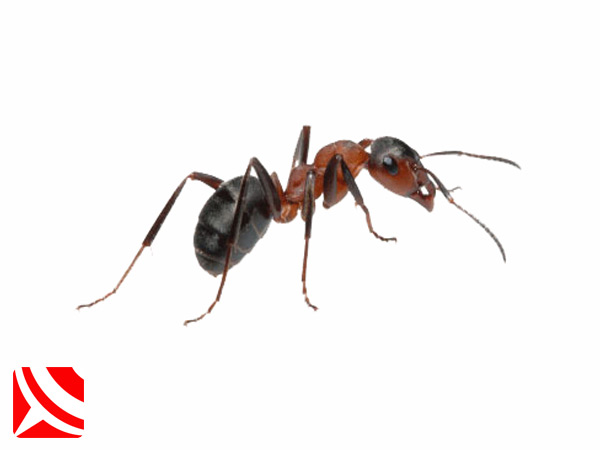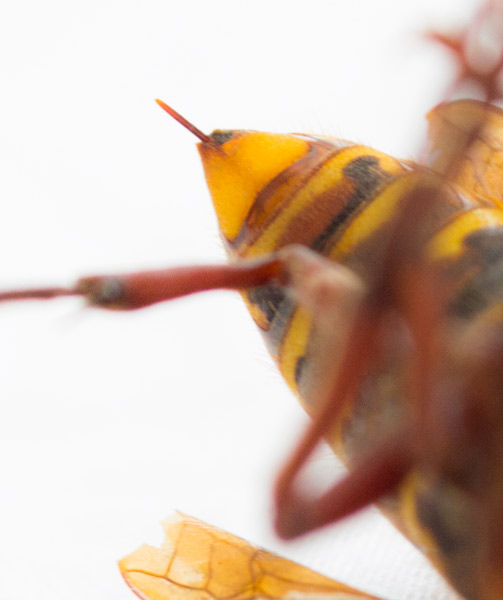
Ways To Avoid Wasp and Bee Stings
Clothing
Wear light, understated or dark clothing, and avoid bright orange, red or yellow.
Scents & Smells
Avoid wearing strong smelling perfumes, and deodorants etc.
Personal Hygiene
Personal hygiene is important as strong body odours are known to aggravate bees.
Cover Up
Staying well covered with long skirts, trousers, long sleeve tops etc will reduce the area of your body that insects like bees can sting. The head is usually the most vulnerable part of the body, so hats of any kind are useful.
For The Garden
Avoid flowering plants, shrubs from the laurel family and trees like willow, birch and sycamore because the sap they produce attracts bees and wasps.
Be Proactive
Check for new nests in lofts, outbuildings, and activity around tree roots and hedge boundaries between April and May when new wasp and bee nests can be easily identified and treated before they are large enough to represent a serious threat to your safety.
House Keeping
Keep areas clean by applying good house-keeping procedures to remove residues that might encourage wasps and hornets to forage in occupied areas especially spilt beer, sugary foods and fermenting products.
Try To Remain Calm
Where insects are foraging early in the year, protein rich foods are what they are seeking out, so you can avoid getting stung, simply by staying still. Later in the year they are looking for sweet foods that are often harder to come by in mid-summer and the higher temperatures increase activity and worsen temperament, so you are far more likely to get stung.
Insect repellents may help you avoid stings and stay safer at this time of year as well as alternative sources of sweet foods such as wasp traps.
Always Retreat In A Straight Line
If you are attacked by several stinging insects at the same time, run to get away from them. The compound eyes of an insect are able to track movement so if you run, make sure it is in a straight line to reduce your movement signature and increase distance.
Running in a zig zag just makes you easier to spot and catch. Remember that wasps may pursue you for 150 yards. Once you are stung you are biologically marked with a pheromone that identifies you as a threat, so move away fast, change any clothing and wash any sting sites with soap and water to remove any traces of pheromone or venom. Venom extractors can also be highly effective at reducing swelling immediately after a sting.
Stinging insects entering vehicles in the summer or getting into motorcycle helmets is a common cause of accidents and has been implicated in many unexplained accidents.
People, especially those with allergies or phobias are very unlikely to react to this kind of unexpected threat in a logical and calm manner as the fight or flight mechanism kicks into high gear and attention is drawn from the road. There are a number of products on the market to deal with this including air conditioning that removes the temptation to open windows or sun roofs.
For thousands of years humans and animals alike have developed ways to both avoid sings and manage wasp and bee stings. The truth is that every sting, from every different stinging insect is going to be delivered in a different place and at a different concentration etc, etc. That means the way we react to each new sting may vary and we should be mindful of this.
The best sting cure we have found to most consistently manage stings is to use a venom extractor immediately after being stung. Swelling is often reduced within a few minutes, but the ache remains for far longer.
Nature has created oils and other natural remedies that have been reported to help alleviate the discomfort, we have tried many different kinds and the venom extractor wins, hands down every time. But that's just our experience.


